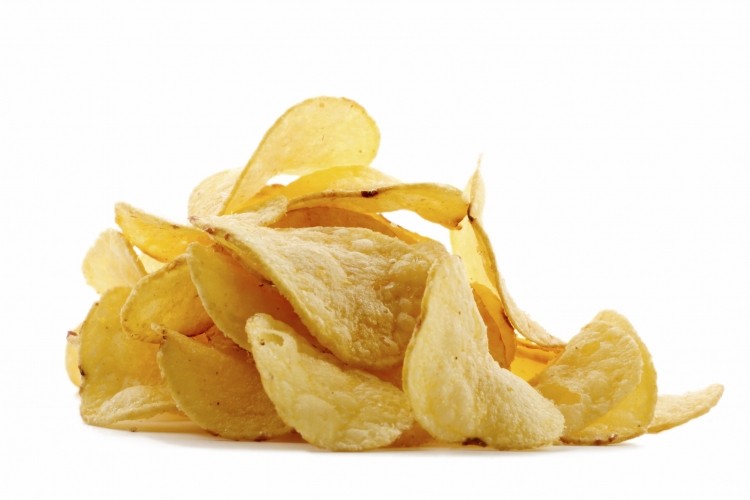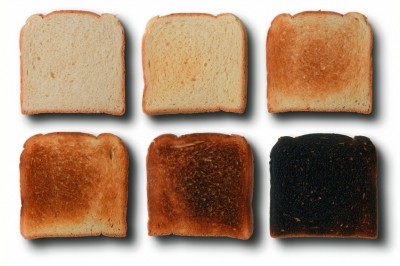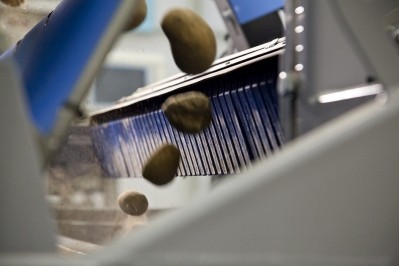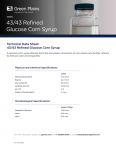Radio-frequency drying slashes acrylamide in potato chips: Study

The study published in the Journal of Science of Food and Agriculture investigated how much impact radio-frequency post-drying had on limiting the potential carcinogen in potato chips.
Researchers from two Turkish universities found that frying potato slices partially in hot oil followed by a radio-frequency (RF) drying treatment to selectively heat the remaining moisture successfully limited acrylamide formation.
Acrylamide levels were 32% lower in chips that had been fried for 80 seconds and 26% less for chips fried for 95 seconds.
Researchers said that for both samples, no acrylamide was formed during the RF drying stage.
“Avoiding temperature increase at the product’s dry surface during post-drying due to the selective heating characteristic of RF energy was responsible for this reduction,” the researchers wrote.
A more controlled heating of slices can be achieved using RF drying, they said. In this study, temperatures did not exceed the boiling temperature of water.
The process also led to a 12% reduction in oil content in the final product, the researchers said.
Impact on quality?
The researchers said sensorial quality attributes such as color, flavor and overall liking were comparable to control samples and “equally liked by the panelists”.
“RF post-drying resulted in lower hardness and less browning with no significant difference in terms of crispiness when compared to the control process,” they said.
Although hot air drying, vacuum drying and microwave-vacuum drying have been investigated in other studies, the researchers said studies into use of RF drying to reduce acrylamide have been limited.
“Results demonstrate that radio-frequency (RF) post-processing may be an effective strategy for minimizing acrylamide levels of potato chips without adversely affective quality attributes,” they said.
Source: Journal of Science of Food and Agriculture
Published online ahead of print 7 January 2014, doi: 10.1002/jsfa.6516
“Effect of combining conventional frying with radio-frequency post-drying on acrylamide level and quality attributes of potato chips”
Authors: E. Koklamaz, TK. Palazoğlu, T. Kocadağlı and V. Gökmen














